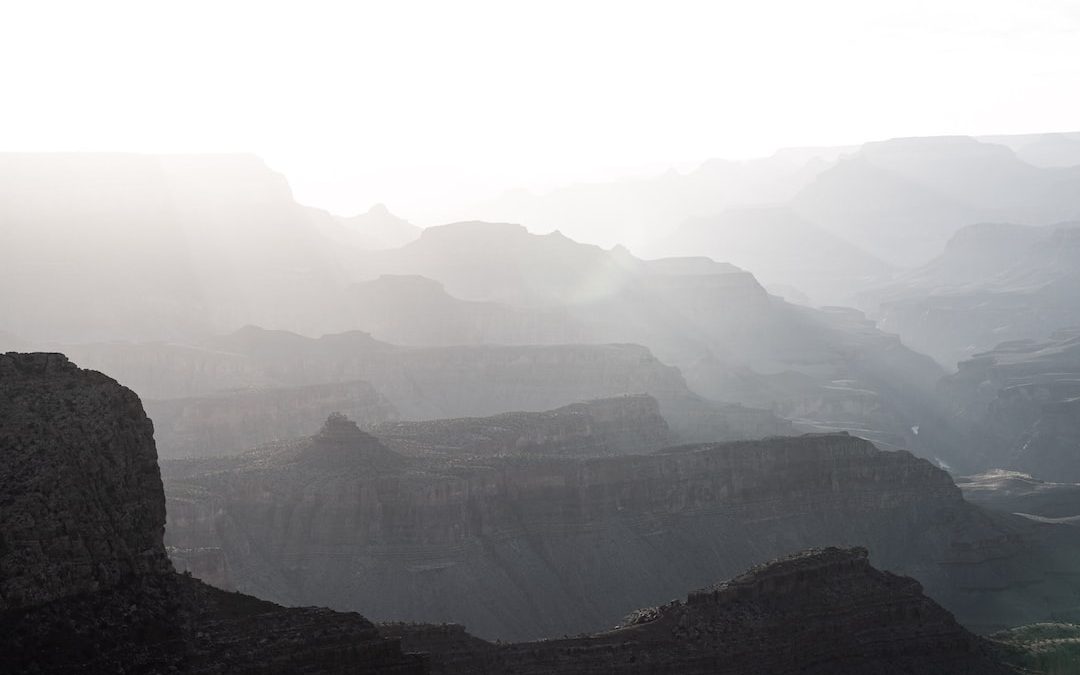Table of Contents
Exploring the Grand Canyon: World Heritage Site Definition
Introduction to the Grand Canyon
The Grand Canyon, located in Arizona, USA, is one of the most spectacular natural wonders of the world. It is a stunningly beautiful sight, with its miles and miles of dramatic red and orange cliffs, deep canyons, and breathtaking views. The Grand Canyon is a designated World Heritage Site, meaning it is recognized by UNESCO as having universal cultural and natural significance.
These sites are protected and preserved for future generations to enjoy, as they are deemed to be of great importance to all of humanity. In this blog post, we will explore the Grand Canyon in more detail, and discuss what makes it such a unique and special World Heritage Site.
The Grand Canyon’s Formation
The Grand Canyon is believed to have formed over millions of years, through a combination of geologic processes. It is thought that the Colorado River and its tributaries were responsible for cutting away the rock and creating the steep, dramatic cliffs that make up the canyon. Over the millennia, the river has been eroding the land, while the landscape has been continuously shifting due to tectonic plate movements.
The result is a geological masterpiece, with the Grand Canyon being one of the most iconic and recognizable landscapes in the world.
The Grand Canyon’s Wildlife
The Grand Canyon is home to a wide variety of animals and plants, many of which are unique to the area. There are over 1,300 species of plants, 90 species of mammals, 50 species of reptiles, and 15 species of fish that can be found in the canyon.
This rich biodiversity makes the Grand Canyon a great place for wildlife watching and photography. Some of the most iconic species that can be spotted at the Grand Canyon include bighorn sheep, mule deer, elk, bald eagles, and mountain lions.
The Grand Canyon’s Geology
The Grand Canyon is a geologic wonder, with its incredible array of rock formations and formations. The canyon’s walls are made up of a variety of different types of rock, including limestone, sandstone, and shale, which have been exposed over time due to erosion.
These rocks are millions of years old, and some of them are up to 1.8 billion years old. The rocks have been carved by the Colorado River and its tributaries, resulting in the unique and dramatic formations that make up the canyon.
The Grand Canyon’s Cultural Significance
The Grand Canyon has been inhabited by humans for thousands of years, and many Native American tribes have called the area home. These tribes have a deep connection to the canyon, and have used it for spiritual and cultural purposes for centuries.
The canyon is also home to a variety of ancient sites, such as petroglyphs and pictographs, which are evidence of the long history of human habitation in the area.
The Grand Canyon’s Tourism Industry
The Grand Canyon is one of the most popular tourist destinations in the world, and millions of people visit the area every year. The canyon is home to a variety of activities, such as hiking, rafting, and camping, as well as guided tours and educational programs.
Visitors can also explore the many museums and cultural sites in the area, or take a scenic drive along the South Rim.
The Grand Canyon’s Protection
The Grand Canyon is a designated World Heritage Site, which means that it is recognized by UNESCO as having universal cultural and natural significance. This designation ensures that the canyon is protected and preserved for future generations to enjoy.
The Grand Canyon is also protected by the National Park Service, which manages the area and works to protect its resources.
The Grand Canyon’s Environmental Issues
The Grand Canyon is facing a number of environmental challenges, such as air and water pollution, as well as climate change. These issues threaten to damage the delicate balance of the canyon’s ecosystems, and can have long-term impacts on the area’s wildlife and vegetation.
The National Park Service is working to address these issues, and to protect the Grand Canyon for future generations.
The Grand Canyon’s Educational Resources
The Grand Canyon is a great place to learn about geology, ecology, and the history of the area. There are a variety of educational resources available, such as guided tours, museums, and interactive exhibits. These resources provide visitors with an opportunity to learn more about the canyon, and to gain a better understanding of its unique features and importance.
The Grand Canyon’s Future
The Grand Canyon is an incredible natural wonder, and its future looks bright. The area is protected by both UNESCO and the National Park Service, and is actively managed and preserved. The canyon is also a great place to learn, explore, and appreciate nature, and its popularity as a destination for tourists shows no signs of slowing down.
With its stunning views and vast natural beauty, the Grand Canyon will remain an important and beloved World Heritage Site for generations to come.
Conclusion
The Grand Canyon is a spectacular and iconic landscape, and its designation as a World Heritage Site ensures that it will be protected for future generations. The canyon is home to a variety of plants and animals, and is a great place to learn about geology, ecology, and the history of the area.
It is also a popular tourist destination, and its beauty and significance will continue to draw people from around the world. The Grand Canyon is a unique and special place, and its future looks bright.












